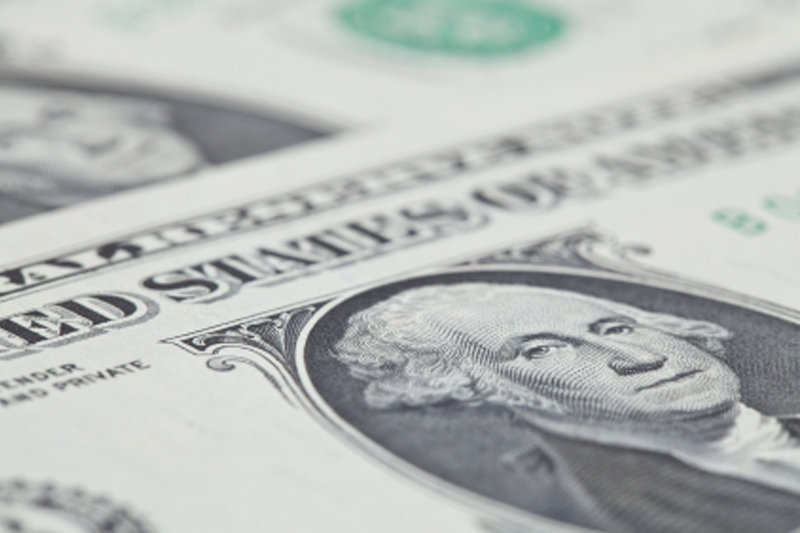TSX jumps amid Fed rate cut hopes, ongoing U.S. government shutdown
Investing.com - The U.S. dollar rose Wednesday, although gains have been limited by concerns over the independence of the Federal Reserve after U.S. President Donald Trump’s attempt to remove Governor Lisa Cook.
At 05:25 ET (09:25 GMT), the Dollar Index, which tracks the greenback against a basket of six other currencies, traded 0.4% higher to 98.487, bouncing after losses at the start of the week.
Fed independence in question
Trump said on Monday he would fire Fed Governor Lisa Cook over alleged improprieties in obtaining mortgage loans, raising concerns about the Federal Reserve’s independence and the potential for increased political influence over monetary policy.
Cook responded, through her lawyer, that Trump has no authority to fire her from the central bank, and she will not resign, kicking off what could be a protracted legal fight.
“President Trump’s firing of Fed Governor Lisa Cook and the broad view that this marks further politicisation of the Fed are negative for the dollar,” said analysts at ING, in a note.
“Yet, the FX reaction has been muted and may only play out in the longer run, likely for two reasons. First, Cook is challenging the decision, which will probably end up in court. Second, her departure won’t have a big impact on the next few meetings. With Powell still in charge, markets expect policy to remain data-driven, and the dovish dissent remains too small to push for faster or larger cuts.”
Euro heads lower
In Europe, EUR/USD dropped 0.5% to 1.1586, weighed by the political uncertainty in France as well as disappointing German consumer sentiment data.
French Prime Minister Francois Bayrou is set to lose a confidence vote on Sept. 8 over his budget plans.
If the government falls, President Emmanuel Macron could name a new prime minister immediately or ask Bayrou to stay on as head of a caretaker government, or he could call a snap election.
“Markets are still making up their minds about the aftermath of the upcoming confidence vote and don’t seem in a rush to price snap elections as the baseline scenario,” said ING.
“The alternative – this or a new government watering down spending cuts enough to gather parliamentary support and deliver some fiscal consolidation – is plausible, though admittedly a relatively narrow path given the heightened scrutiny it faces.”
Sentiment among German consumers is expected to fall for the third time in a row in September, as the GfK consumer sentiment index declined to -23.6 points from a slightly downwardly revised -21.7 points the month before.
GBP/USD traded 0.3% lower to 1.3445, with a hawkish Bank of England providing sterling with some support.
“We still think a structural break above 1.35 is a matter of when rather than if,” said ING.
Aussie dollar slips despite CPI rise
Elsewhere, USD/JPY rose 0.4% to 147.92, while USD/CNY gained 0.1% to 7.1610.
AUD/USD edged 0.3% lower to 0.6471, after the Australian consumer price index for July rose by 2.8% year-on-year, surpassing forecasts of 2.3% and up from 1.9% in June.
This unexpected surge was primarily driven by an increase in electricity prices, attributed to the expiration of some federal government rebates.
Wednesday’s data followed the RBA’s August minutes, which signaled further rate cuts if inflation eased as expected.
The bank had already lowered rates by 25 basis points last month, but the latest figures suggest inflation may not be cooling as anticipated, complicating its policy outlook.
